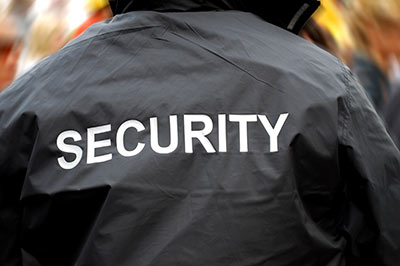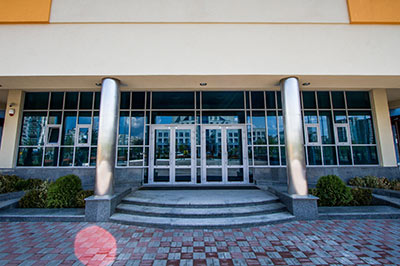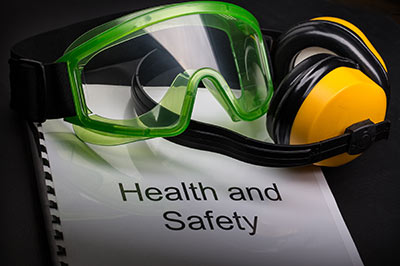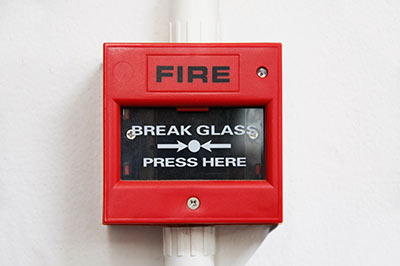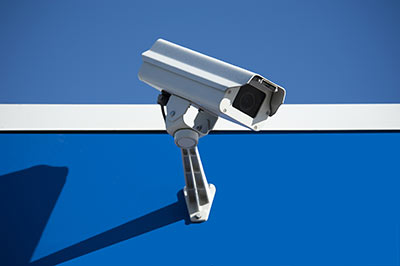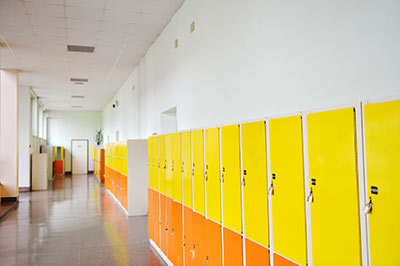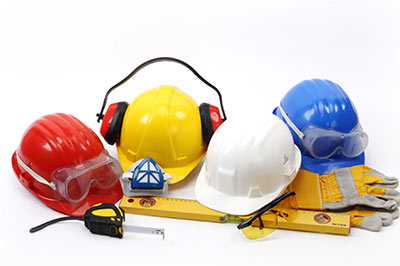School Planning and Management, 2015
The ringleaders gathered a number of students from the senior high school class — enough muscle to lift a car. It was a compact car, but still it was a car. They waited until night and then inched the car up the wall of the single-story high school building. Another group of students waited on the roof. As the car’s front bumper appeared, they lent their strength to the effort and dragged the car onto the roof.
Next, they rolled it across the roof to the edge of the opening for the school’s interior courtyard. Then they pushed it over the edge, crashing it into the open space below.
Paul Timm, president of RETA Security, Inc., a security consultancy with a specialty in school security, tells this story to highlight the importance of complete access control in schools. “This happened back in the mid-1980s,” Timm says. “It’s important because it points out that access control measures goes beyond doors.”
View Article

